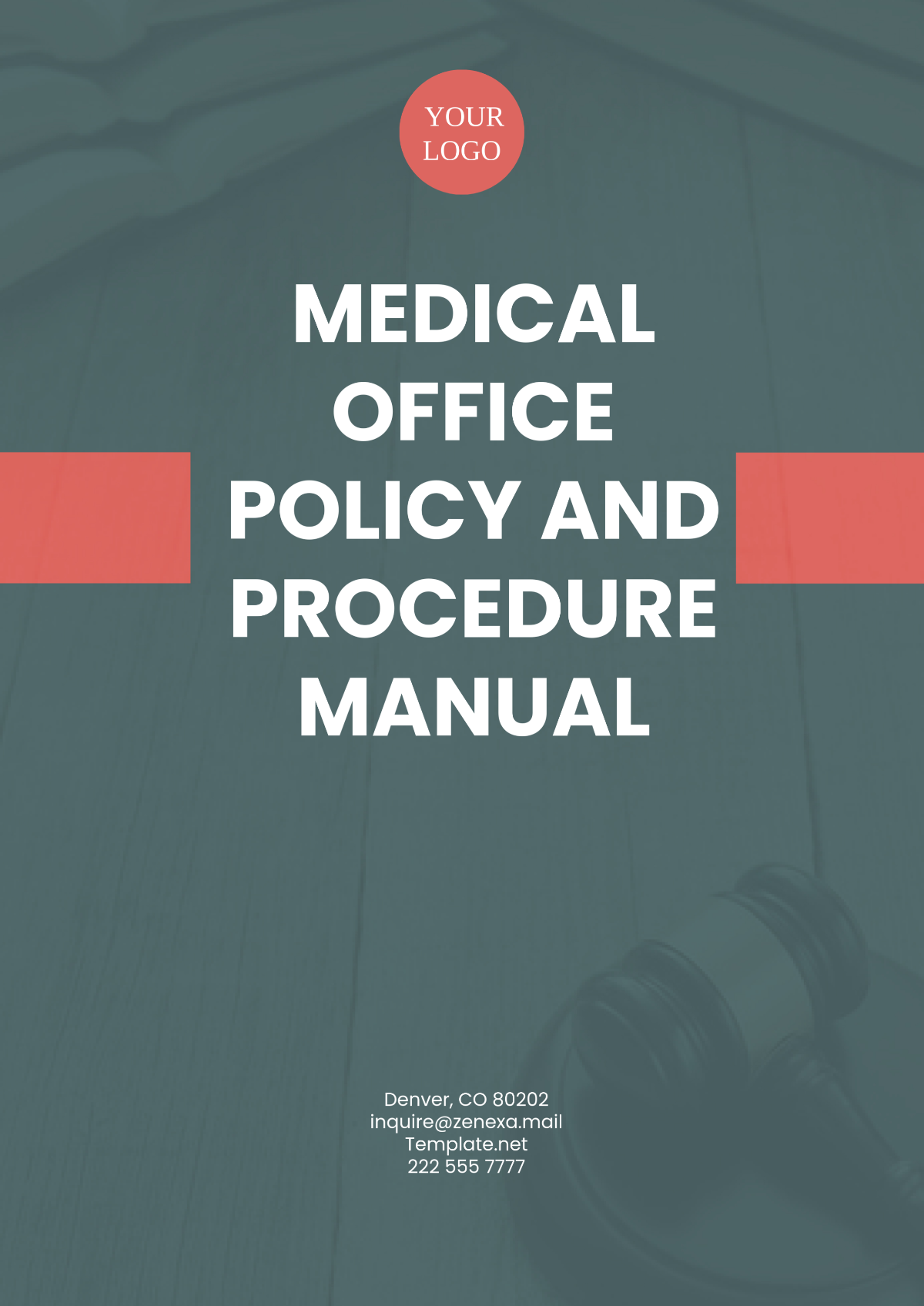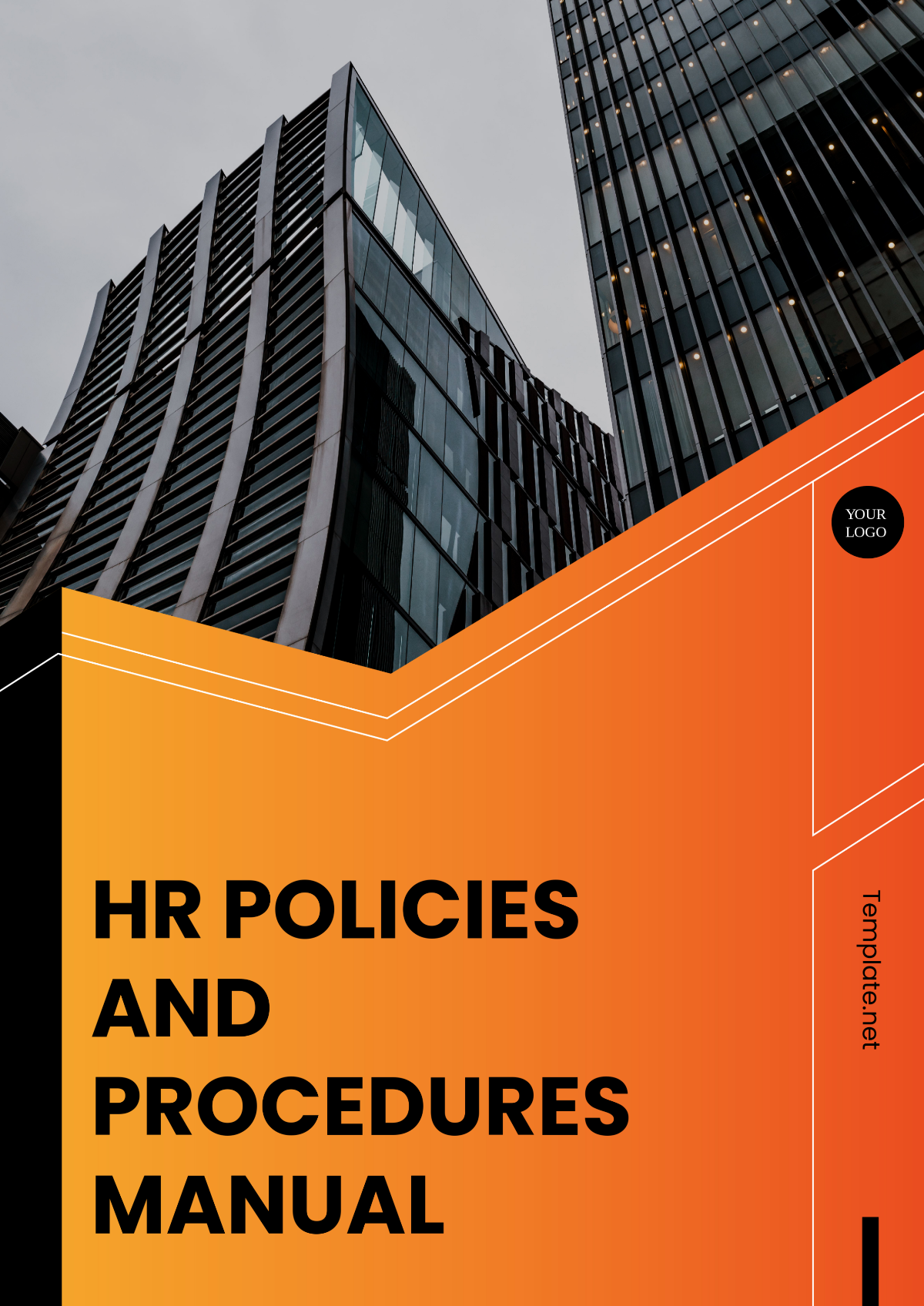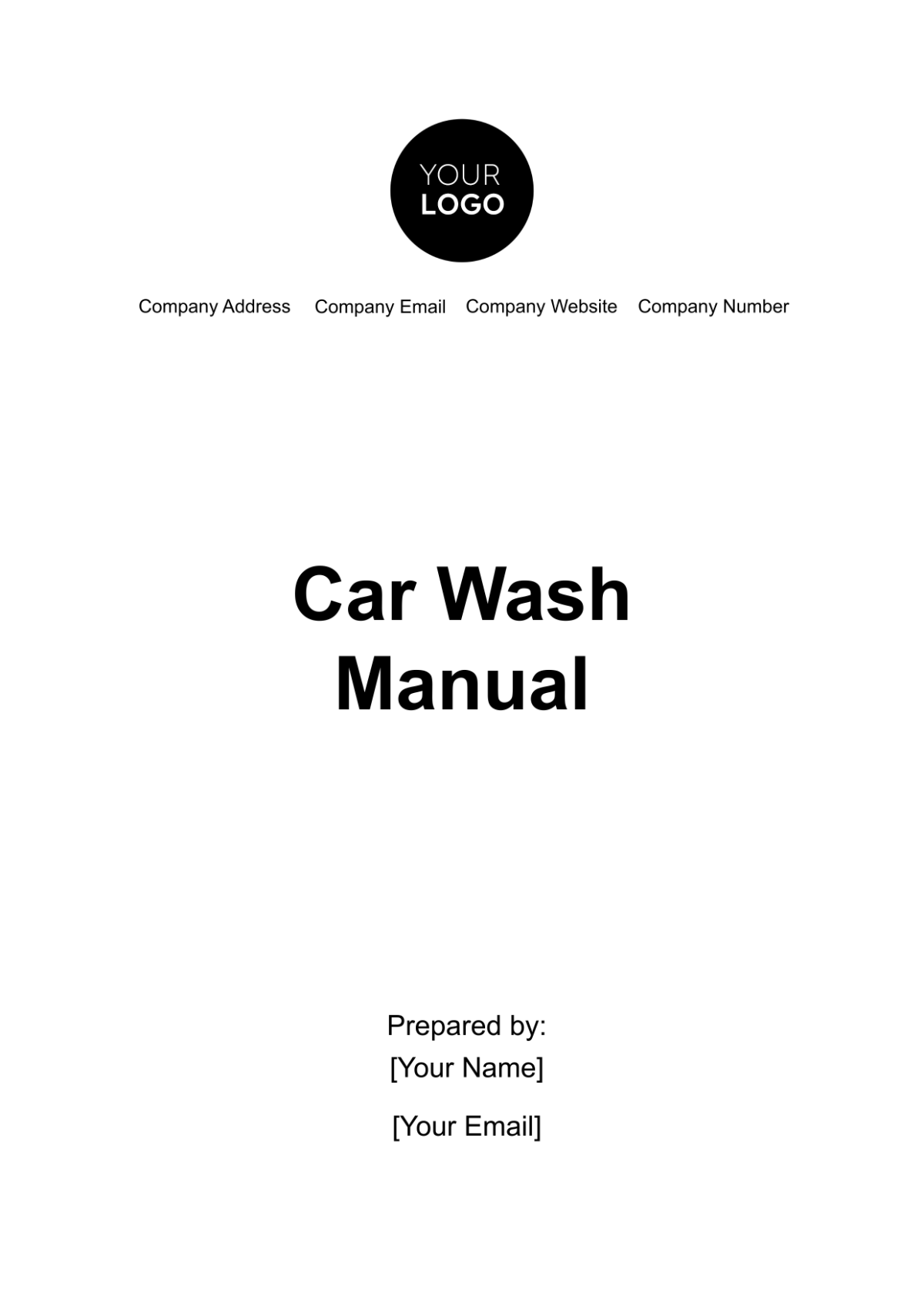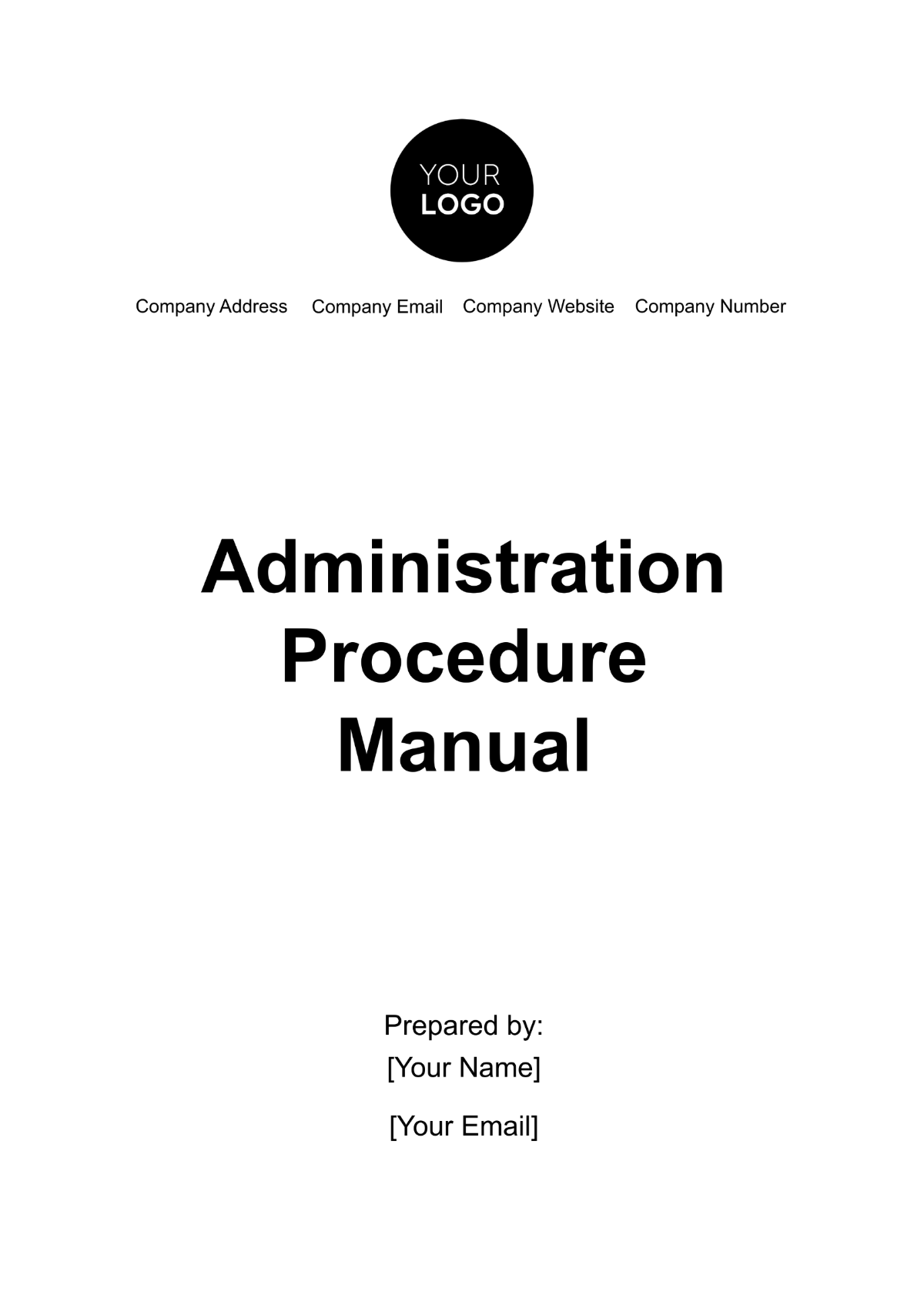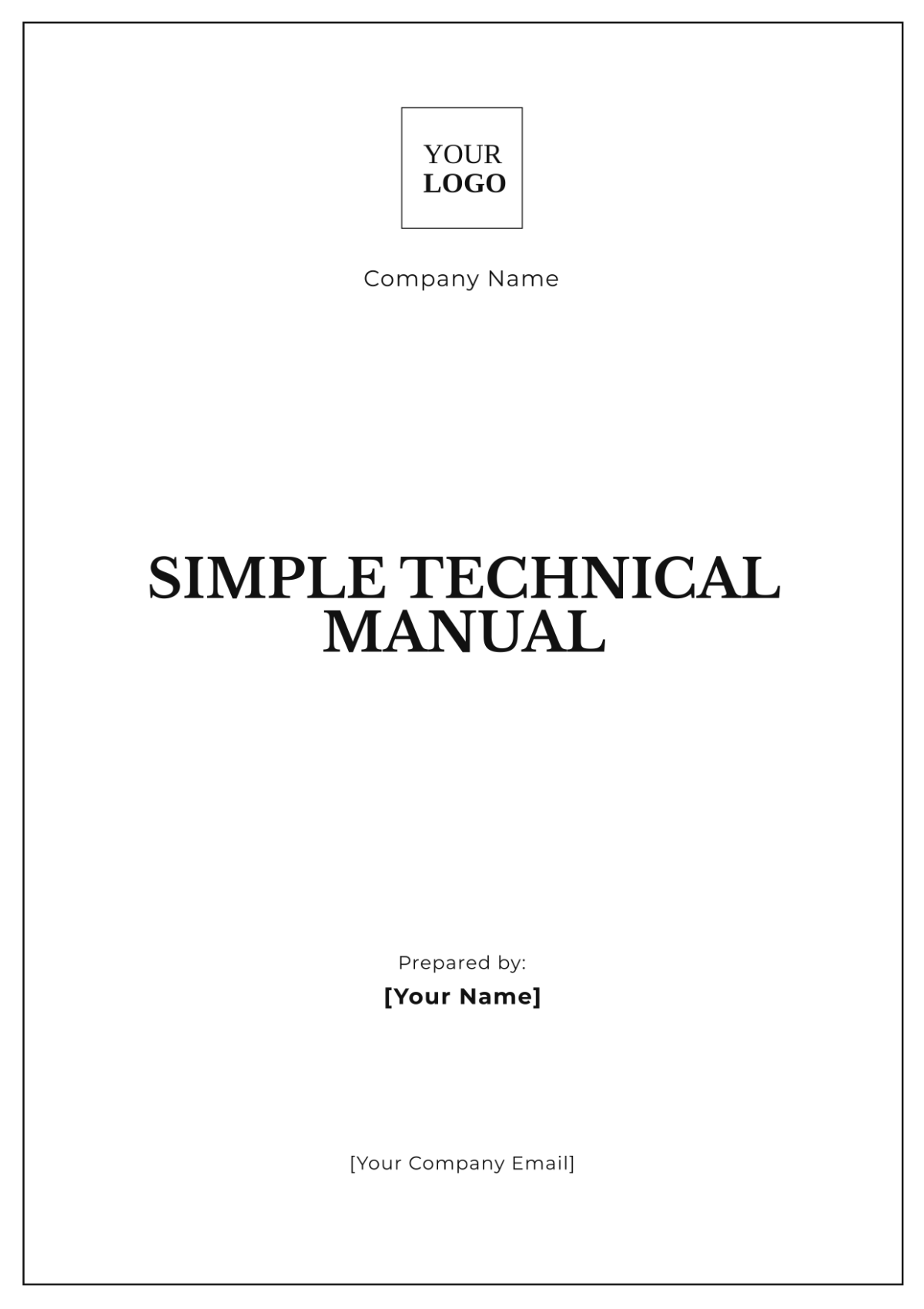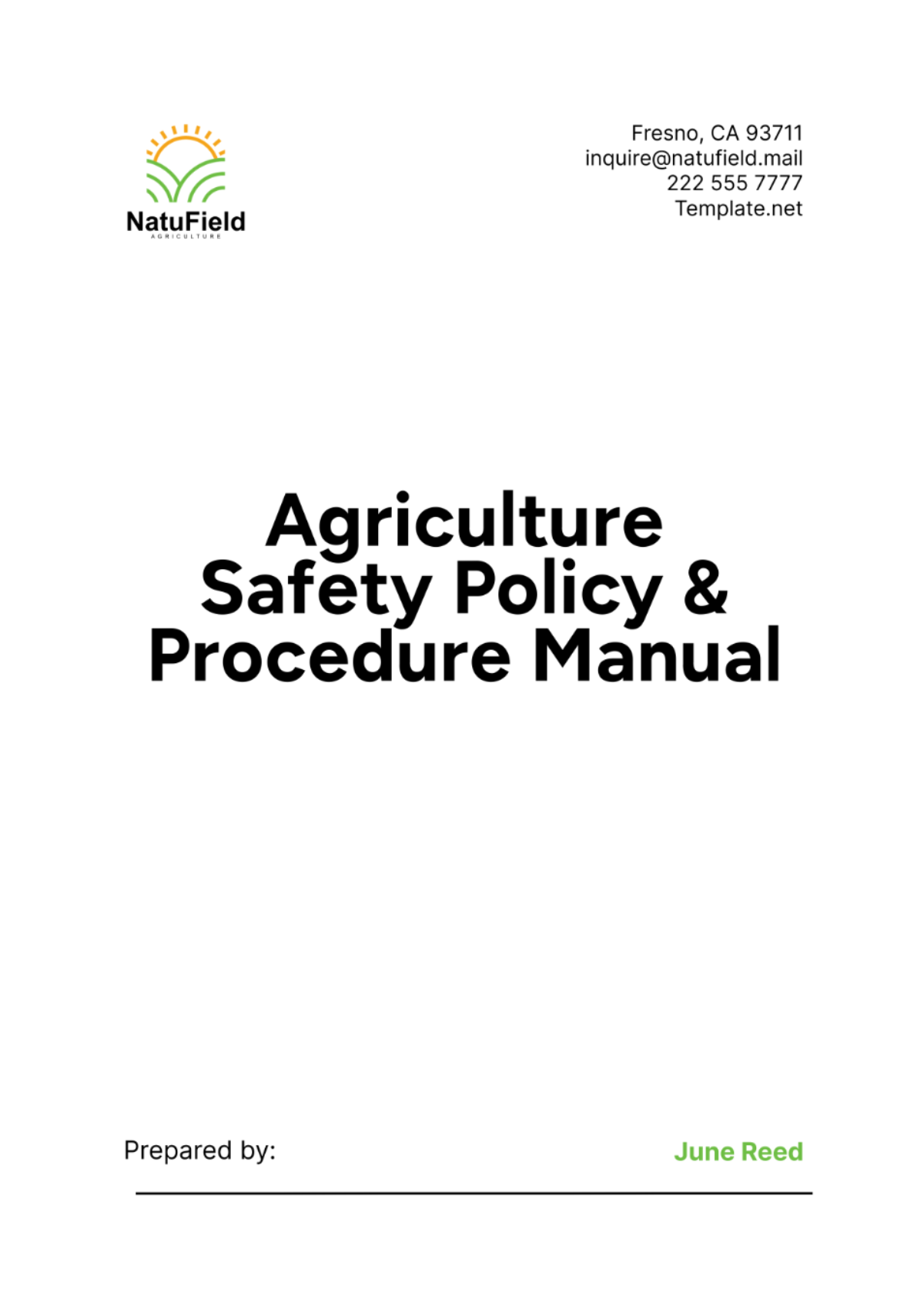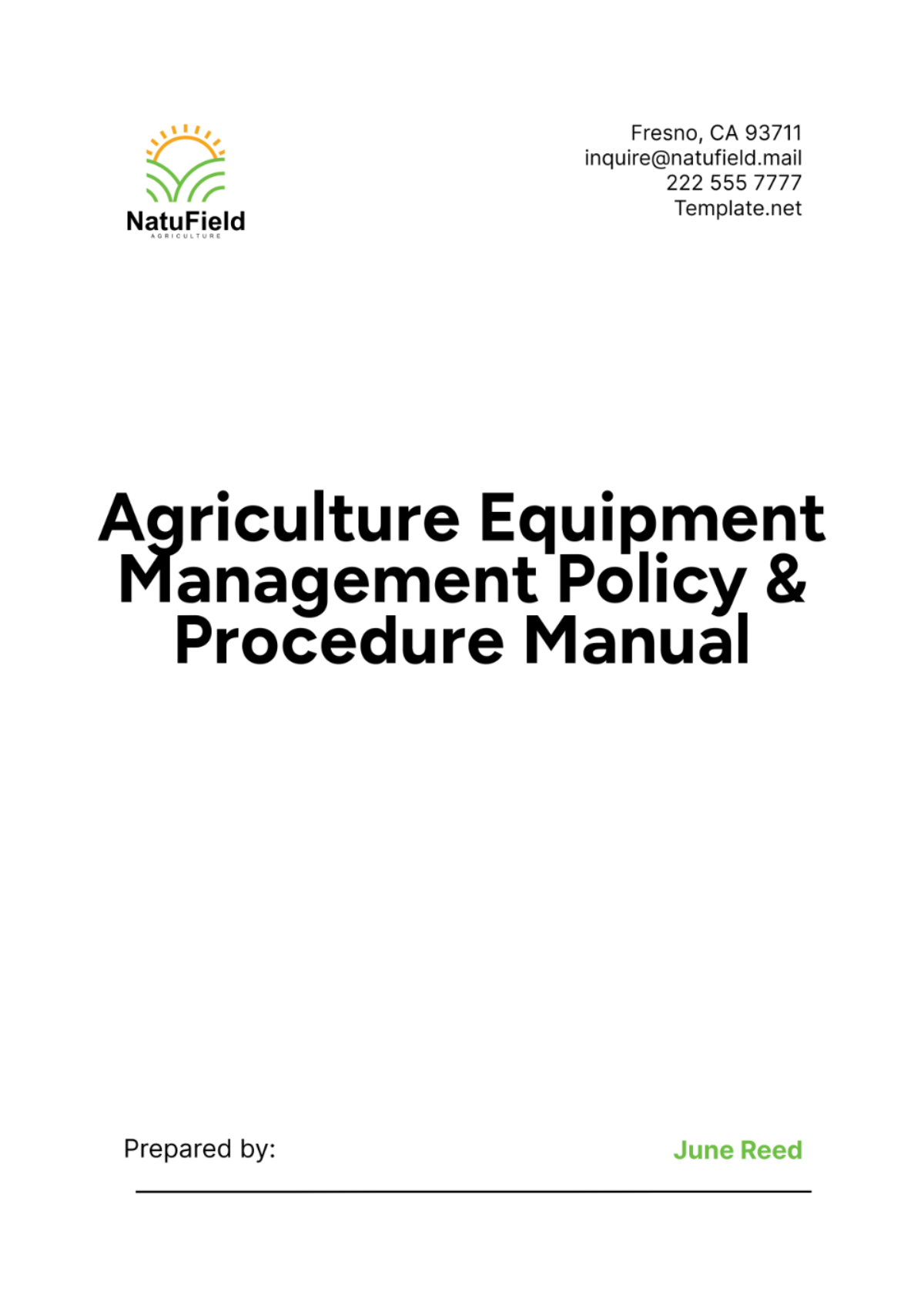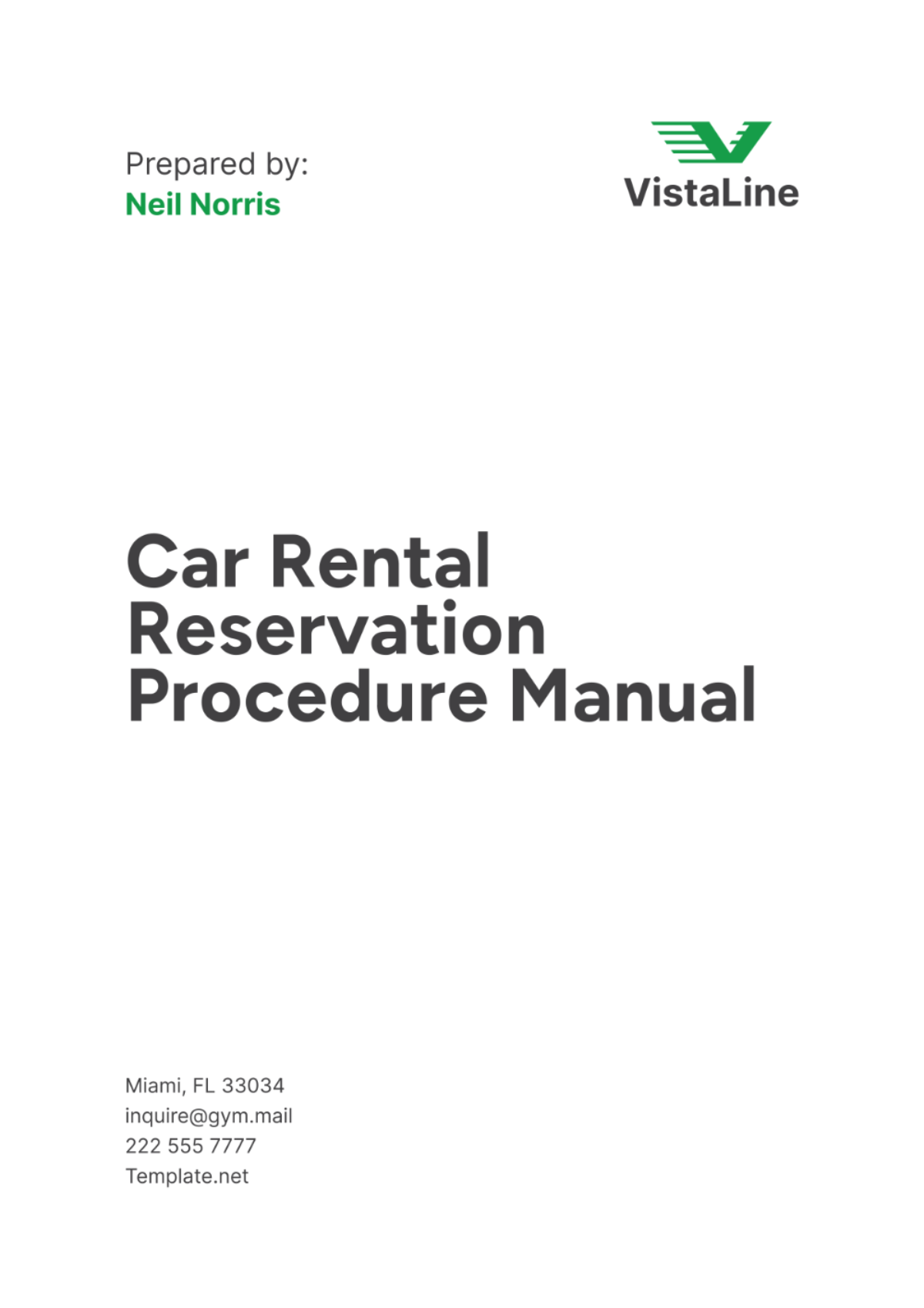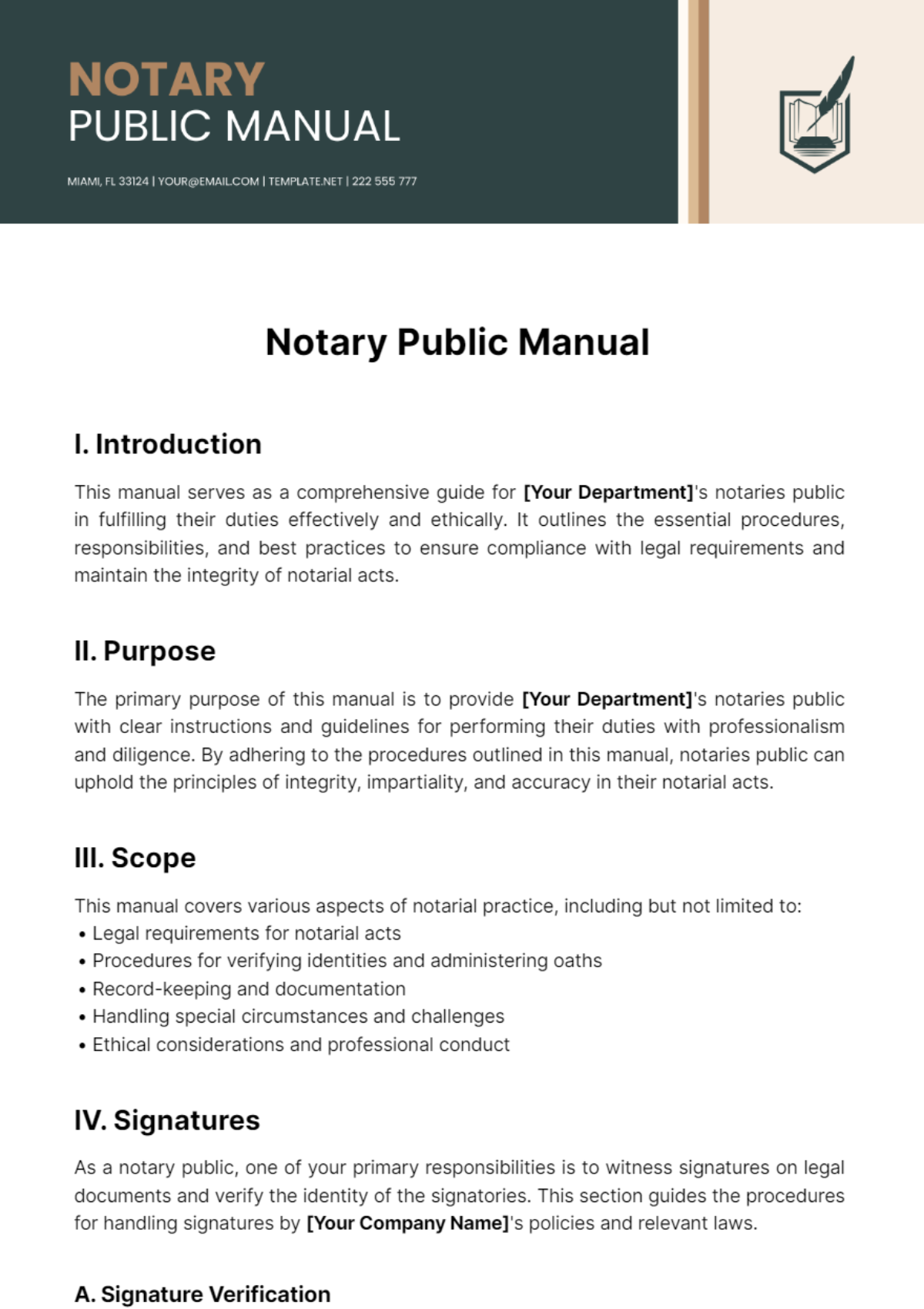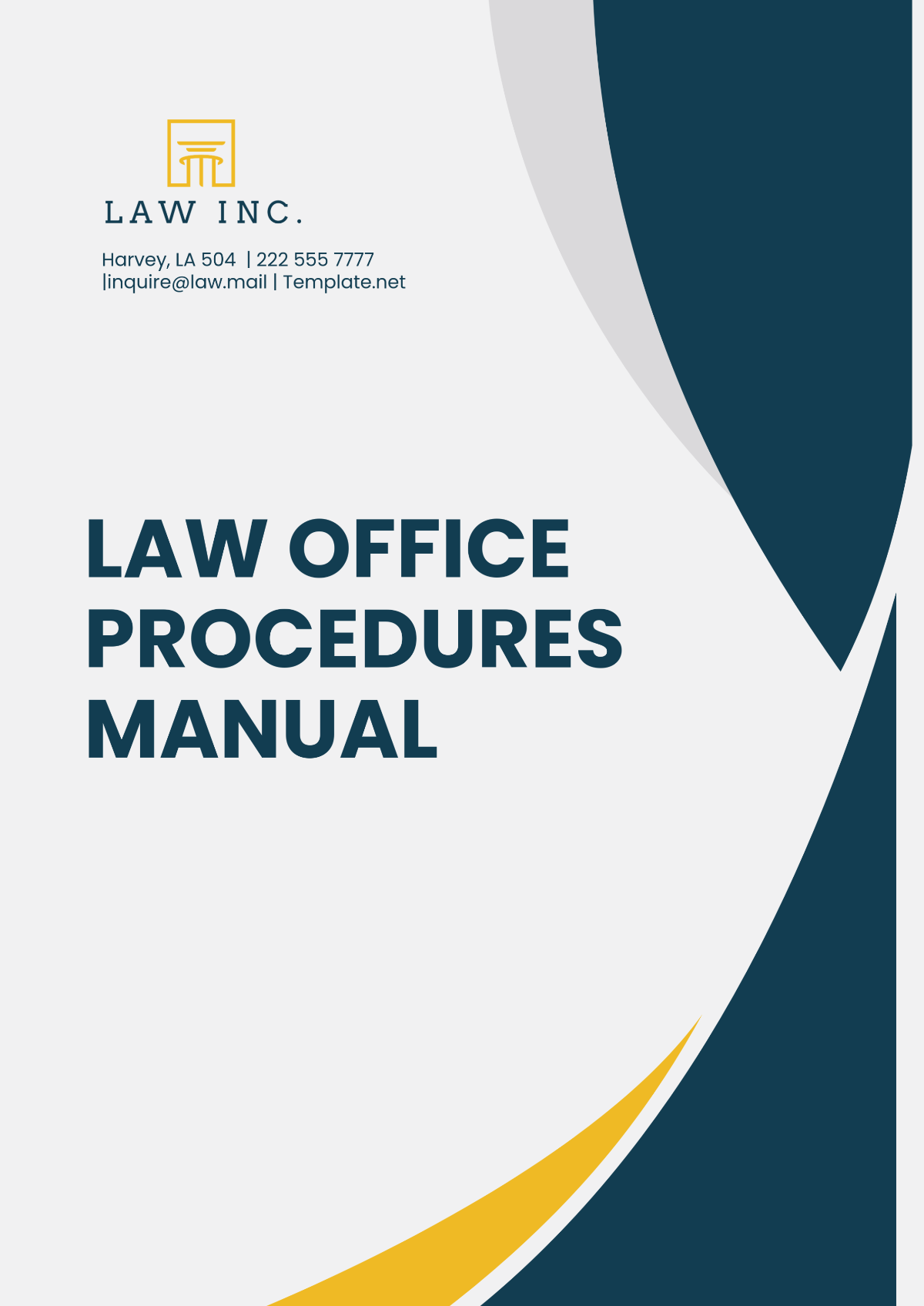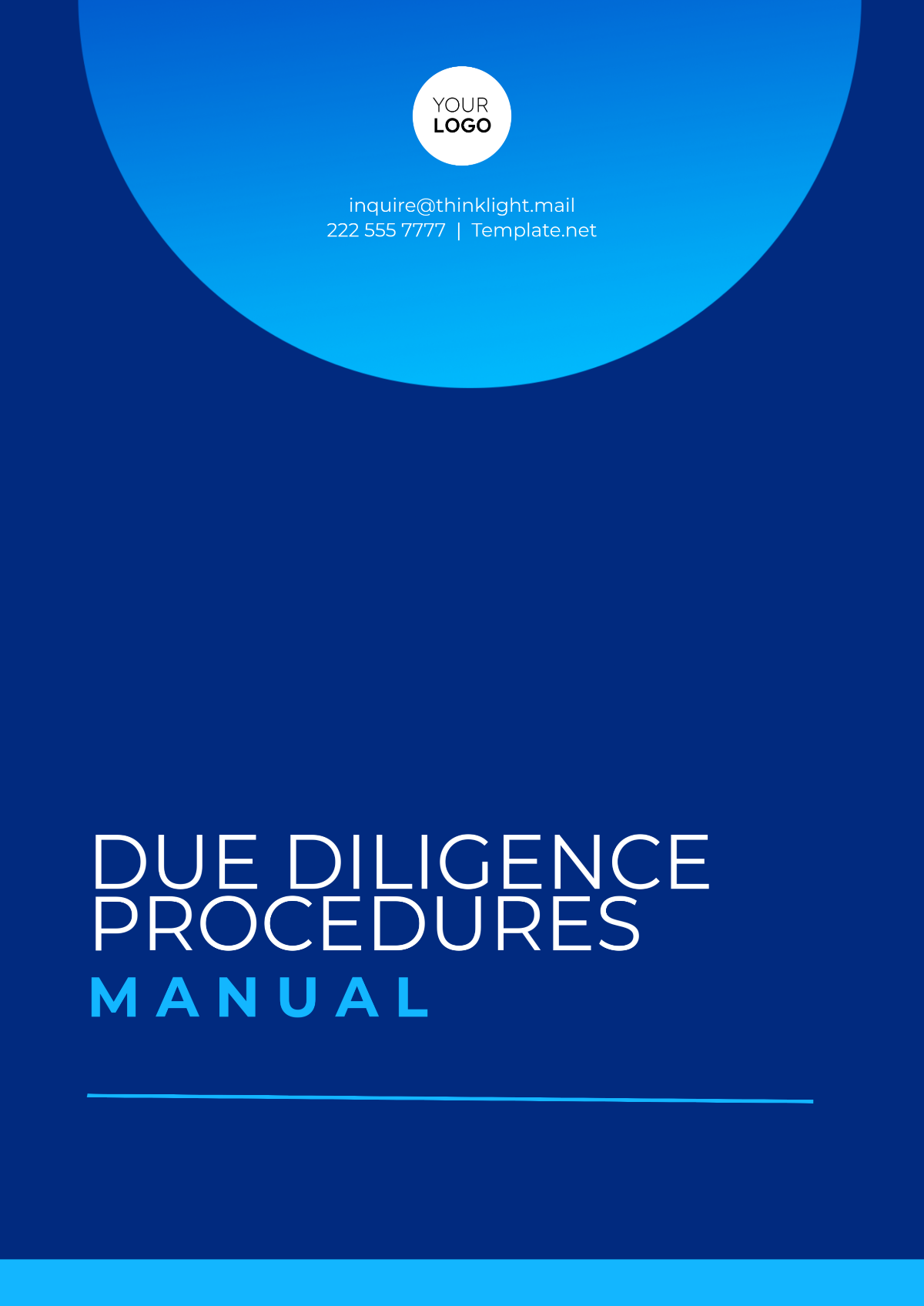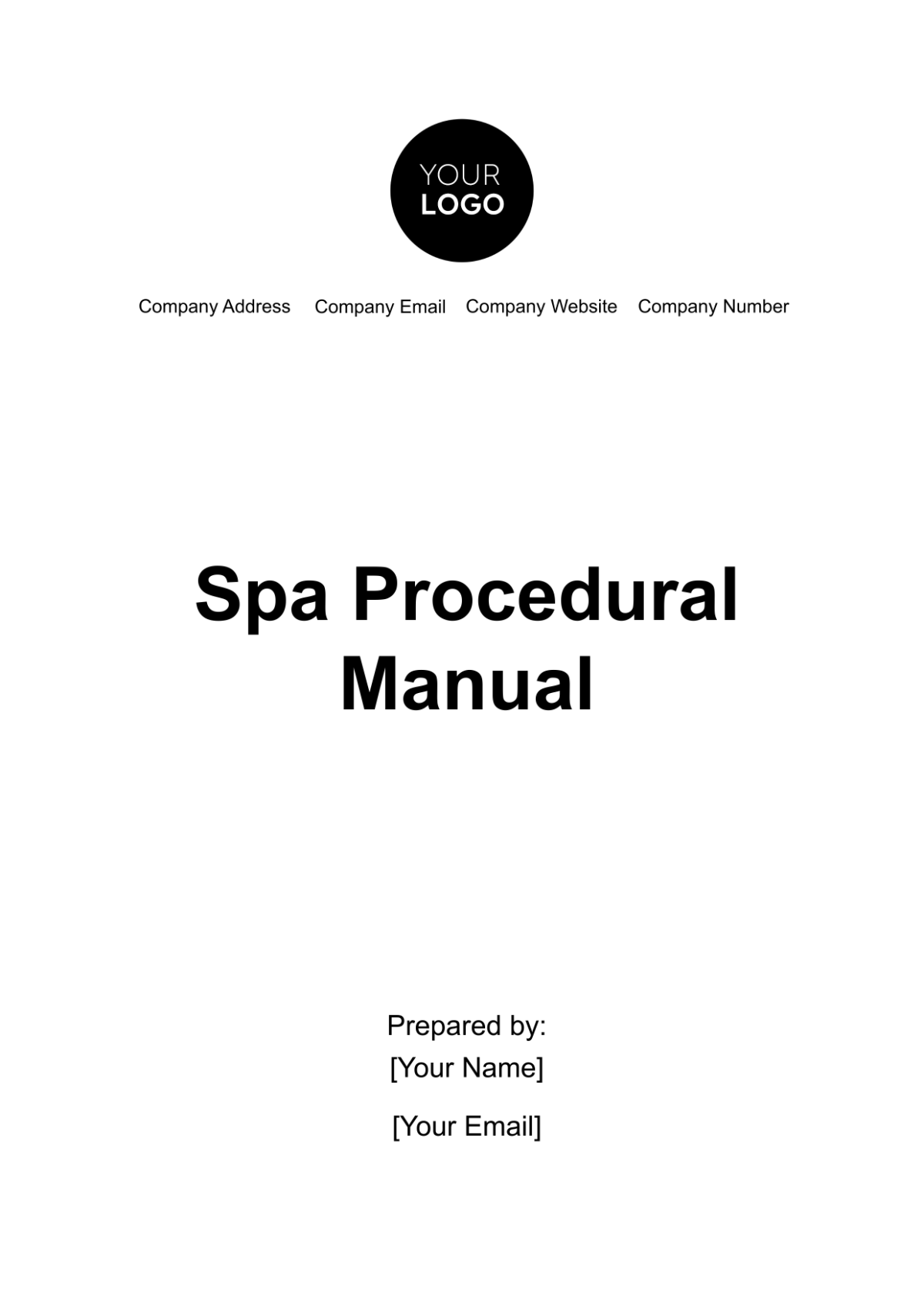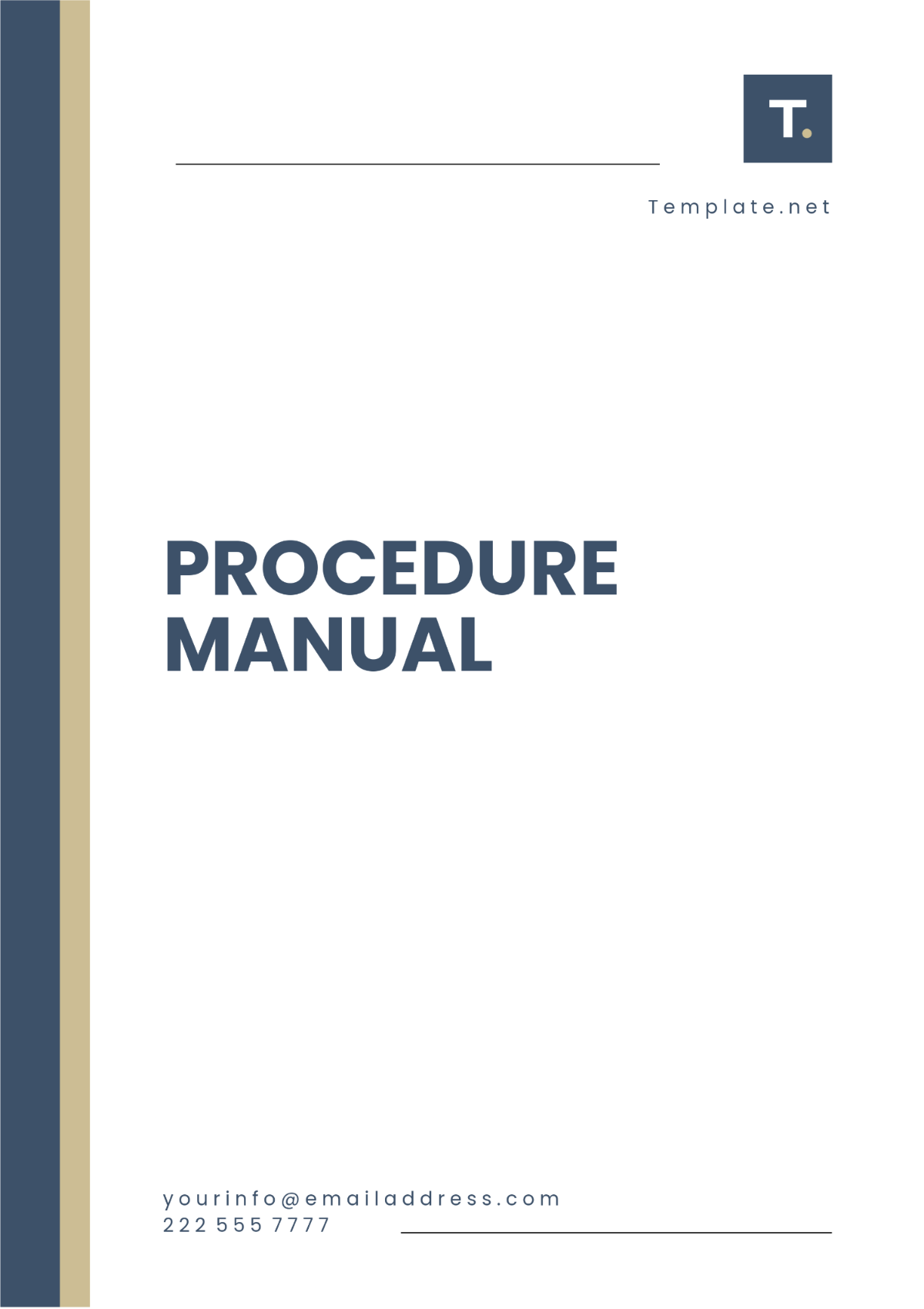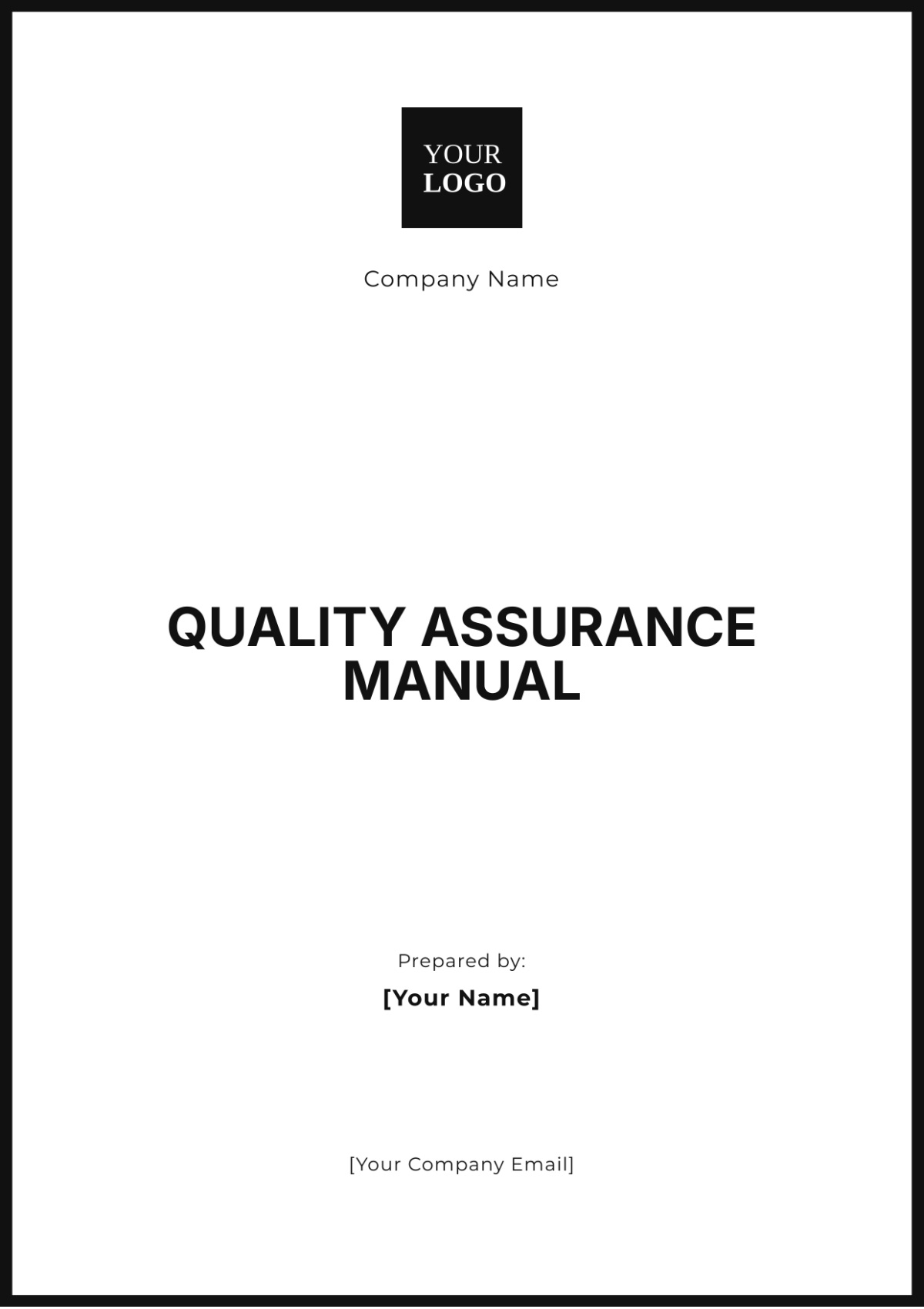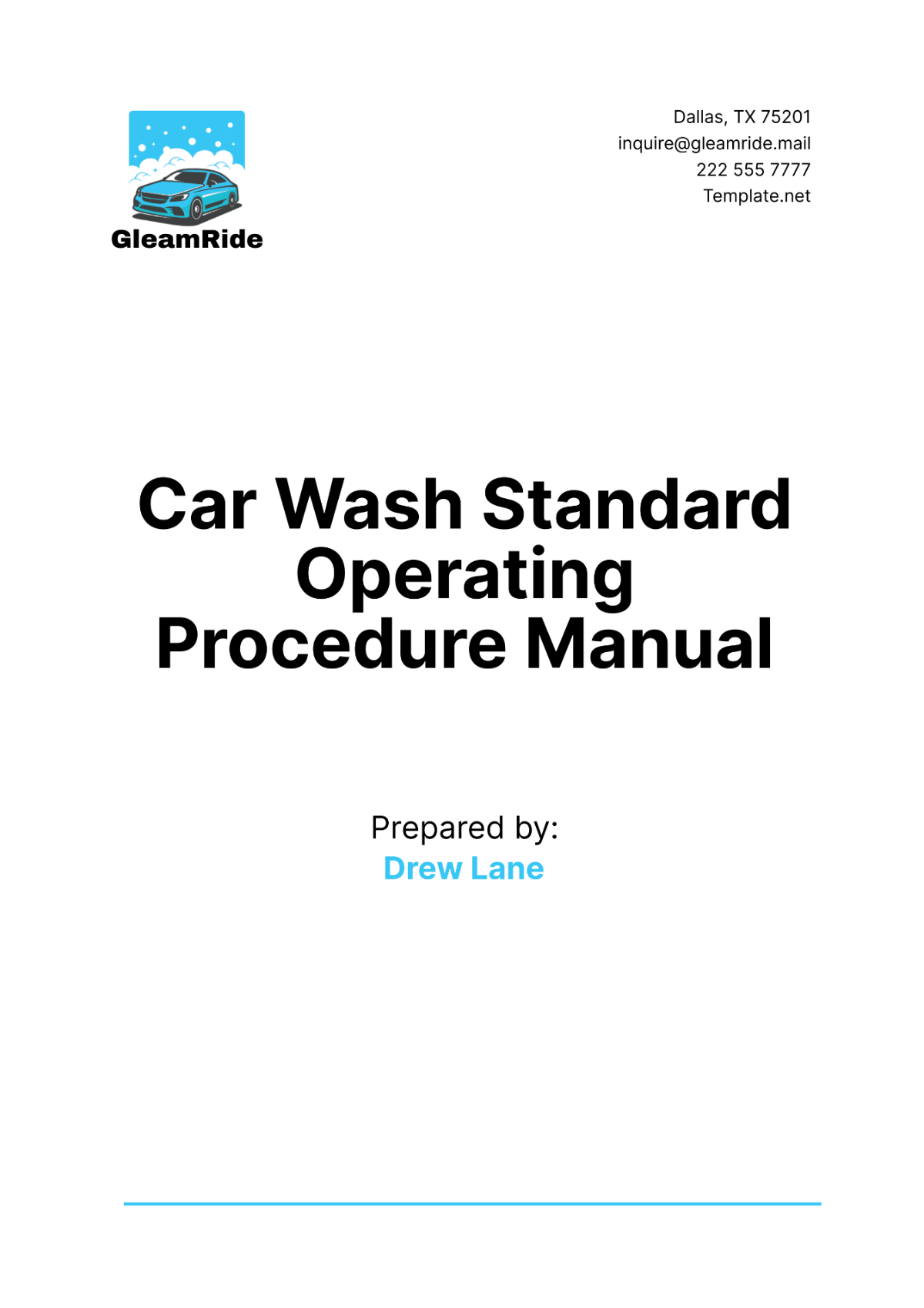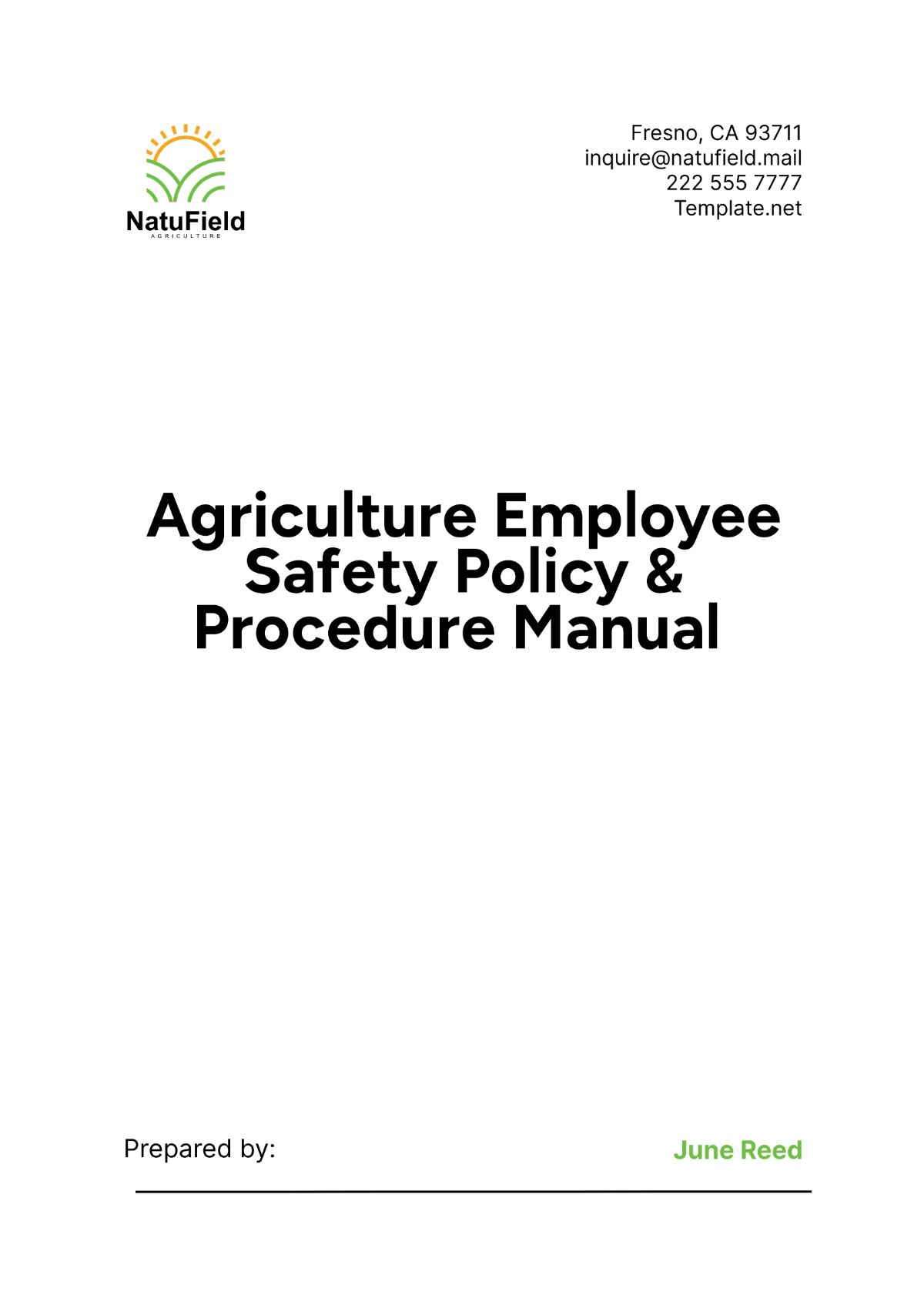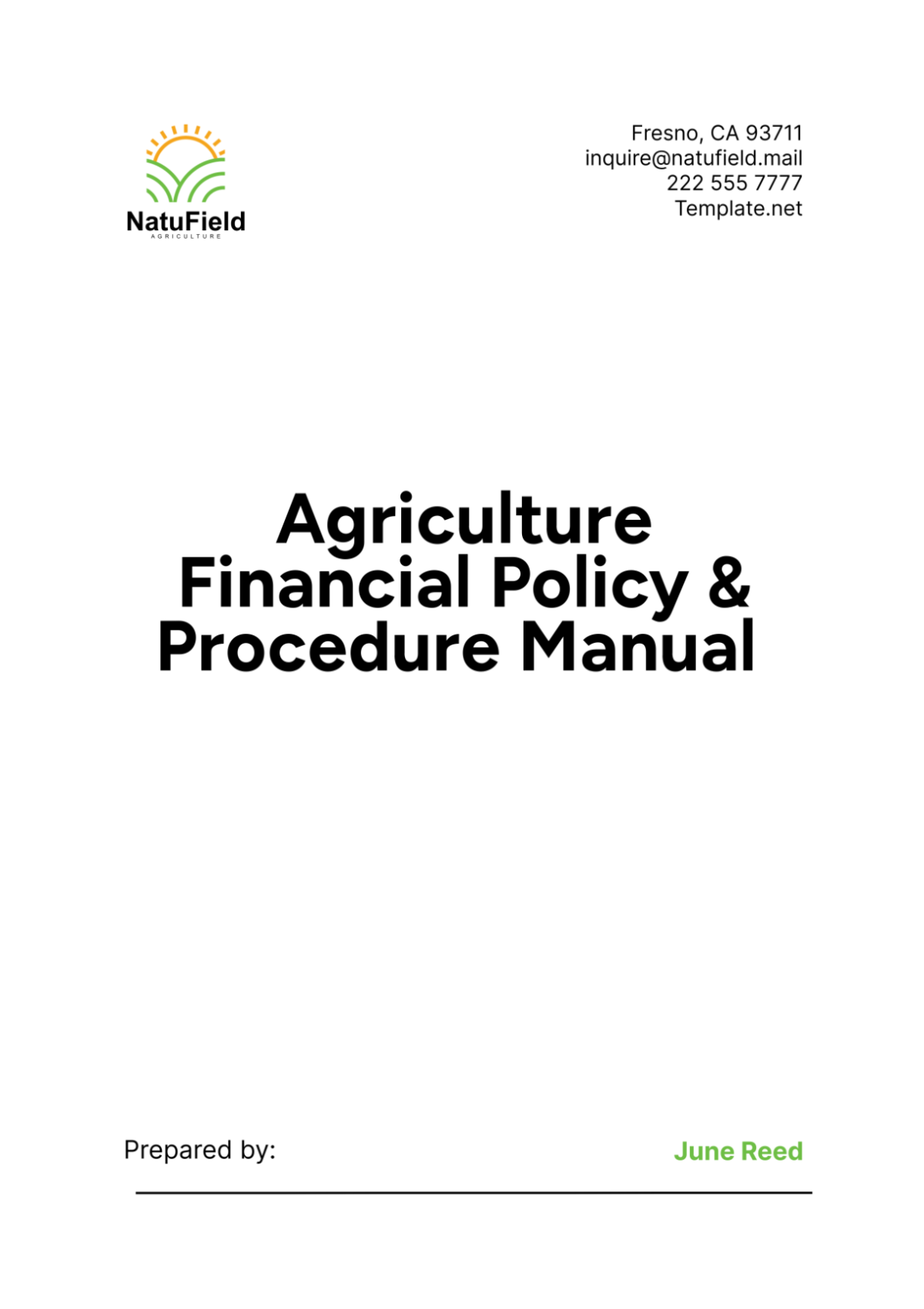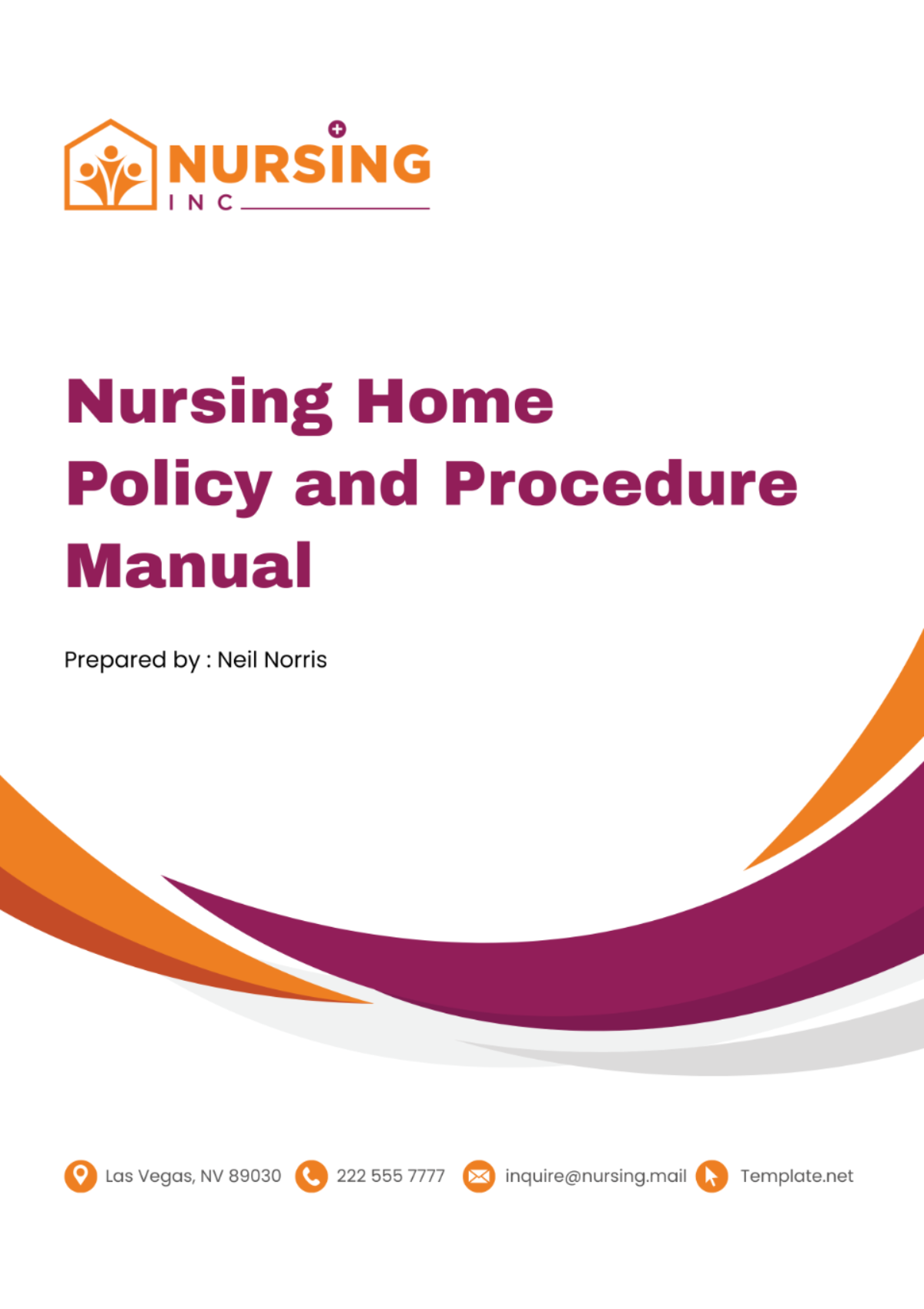I. Executive Summary
The Hazard Policy & Procedure Manual is a document within [Your Company Name] that provides a structured framework for managing workplace hazards. Its primary function is to guide the organization through the systematic identification, assessment, and control of various workplace hazards, aligning with safety objectives and regulatory requirements.
This manual serves as a key resource for employees, offering clear guidelines and procedures for hazard management. It is instrumental in ensuring both the safety of the workforce and compliance with relevant safety regulations and standards. The manual is a reflection of [Your Company Name]'s commitment to maintaining a high standard of workplace safety.
Scope of the Manual
The scope of this manual extends across all operational areas of [Your Company Name], including but not limited to office environments, manufacturing facilities, and outdoor work sites. It provides relevant hazard management guidelines tailored to the diverse settings and activities within the organization.
The manual comprehensively addresses a broad range of hazards — from physical and chemical to biological and ergonomic — ensuring thorough consideration and management of potential workplace risks. This extensive coverage is vital for a complete and effective approach to hazard control. It equips employees with the knowledge and tools necessary for proactive hazard identification and mitigation, fostering a collective responsibility towards workplace safety and health.
II. Hazard Identification
Understanding the types of hazards and methods for their detection is crucial for maintaining a safe workplace.
A. Types of Hazards
This section categorizes hazards into physical, chemical , biological, and ergonomic.
Hazard Category | Examples | Control Measures |
Physical Hazards | Slips, trips, falls, electrical hazards, machinery-related injuries. | Safety training, proper signage, personal protective equipment, regular equipment checks. |
Chemical Hazards | Exposure to toxic substances, chemical spills, fume inhalation. | Chemical handling training, proper storage and labeling, ventilation systems, spill cleanup procedures. |
Biological Hazards | Exposure to bacteria, viruses, and other harmful microorganisms. | Hygiene protocols, personal protective equipment, vaccination programs, exposure control plans. |
Ergonomic Hazards | Repetitive strain injuries, poor workstation ergonomics. | Ergonomic assessments, workstation adjustments, employee training on proper body mechanics, regular breaks. |
B. Hazard Detection Methods
This part details methods such as regular workplace inspections, employee reporting systems, and environmental monitoring to identify potential hazards. These methods are designed to be proactive, ensuring early detection and prompt action.
Detection Method | Description | Purpose |
Regular Workplace Inspections | Scheduled inspections conducted by trained personnel to identify potential hazards in the workplace. | To proactively identify and address safety issues before they lead to accidents or injuries. |
Employee Reporting Systems | Systems that enable employees to report observed hazards or safety concerns. | To engage employees in safety practices and gather real-time information on potential hazards. |
Environmental Monitoring | Monitoring of environmental factors like air quality, noise levels, and chemical exposures. | To ensure compliance with environmental safety standards and identify hazards that may not be immediately visible. |
III. Risk Assessment
Risk assessment is key to understanding and prioritizing the hazards identified in the workplace.
A. Risk Evaluation Process
This process involves assessing the likelihood of each hazard occurring and its potential impact on employees and the organization. The manual provides guidelines on conducting these assessments, including factors to consider and tools to use.
Evaluation Aspect | Description | Guidelines and Tools |
Likelihood Assessment | Assessing the probability of a hazard occurring within the workplace. | Use of risk matrices and probability scales, analysis of past incident reports, and consultation with experts in the field. |
Impact Assessment | Evaluating the potential severity of the impact if the hazard were to occur. | Impact scales, scenario analysis, and stakeholder consultations to determine the extent of potential damage and disruption. |
B. Prioritization of Risks
Hazards are prioritized based on their assessed risk level. High-risk hazards require immediate attention, while lower-risk hazards are monitored and managed accordingly.
Risk Category | Criteria for Categorization | Response and Resource Allocation |
High-Risk Hazards | Hazards with a high likelihood of occurrence and significant impact on employees or operations. | Immediate action required with significant resource allocation for mitigation or prevention. |
Medium-Risk Hazards | Hazards with a moderate likelihood and/or impact, requiring careful monitoring and planned responses. | Balanced approach with scheduled risk management activities and moderate resource allocation. |
Low-Risk Hazards | Hazards with a low likelihood of occurrence and minimal impact. | Monitoring and minimal intervention, with low resource allocation and routine management. |
IV. Hazard Control Measures
Implementing effective hazard control measures is essential for mitigating risks.
A. Preventive Strategies
Strategies such as engineering controls, administrative controls, and using personal protective equipment are outlined.
Preventive Strategy | Description | Purpose and Effectiveness |
Engineering Controls | Modifications to equipment, tools, or processes to reduce or eliminate hazards. | Directly tackles the source of hazards, aiming to prevent them at their origin. |
Administrative Controls | Changes in work procedures, policies, or schedules to minimize exposure to hazards. | Focuses on managing human factors and organizational elements to reduce risk exposure. |
Personal Protective Equipment (PPE) | Use of protective gear to shield employees from hazards. | Provides a physical barrier between the employee and hazards. |
B. Emergency Response Planning
Procedures for responding to incidents involving hazards, such as spill response or emergency evacuation, are detailed. These plans are designed to minimize harm and ensure a swift and organized response in case of an emergency.
Emergency Scenario | Response Procedure | Purpose |
Spill Response | Immediate containment, notification of relevant personnel, and implementation of cleanup procedures following safety guidelines. | To quickly control and mitigate the impact of spills, preventing environmental and health hazards. |
Emergency Evacuation | Activation of alarm systems, following designated evacuation routes, and assembly at safe muster points. | To ensure the safe and orderly evacuation of personnel from danger zones in emergency situations. |
Fire Response | Use of fire extinguishers or fire suppression systems, evacuation if necessary, and notification of fire services. | To effectively respond to fire incidents, minimizing damage and ensuring the safety of all personnel. |
Medical Emergency | Administering first aid, calling emergency medical services, and providing necessary support until help arrives. | To provide immediate assistance in medical emergencies, ensuring the health and safety of affected individuals. |
Power Failure | Switching to backup power sources, ensuring data and equipment safety, and maintaining critical operations. | To maintain operational continuity during power outages and protect sensitive equipment and data. |
V. Training and Communication
Effective training and communication are vital for fostering a culture of safety awareness.
A. Employee Training Programs
The manual specifies training programs to educate employees on hazard awareness, safe work practices, and emergency procedures. These programs are tailored to different roles and exposure levels within the organization.
Training Program | Target Audience | Program Focus |
Hazard Awareness Training | All employees | Educating employees on identifying and reporting potential hazards. |
Safe Work Practices Training | Employees involved in operational tasks | Training on specific safe work practices relevant to employees’ tasks. |
Emergency Procedures Training | All employees | Instruction on emergency response protocols and including evacuation. |
Role-Specific Safety Training | Employees in high-risk roles | Tailored training focusing on the specific hazards and safety procedures of certain roles. |
Health and Safety Leadership Training | Management and supervisory staff | Developing leadership skills in managing and promoting workplace health and safety. |
B. Communication Protocols
Guidelines for communicating hazard-related information, including the dissemination of safety bulletins, updates to the hazard manual, and feedback channels for employees, are included. This ensures that all personnel are informed and engaged in safety practices.
Communication Method | Purpose | Implementation |
Safety Bulletins | To disseminate timely information about new hazards, safety reminders, and best practices. | Regularly distributed via email, notice boards, and company intranet. |
Hazard Manual Updates | To inform employees about changes or updates in safety procedures and hazard management policies. | Updated manual shared through company communication channels; highlight key changes during team meetings. |
Employee Feedback Channels | To provide a platform for employees to report hazards, suggest improvements, and give feedback on safety practices. | Establishment of suggestion boxes, dedicated email addresses, and regular safety meetings for feedback. |












